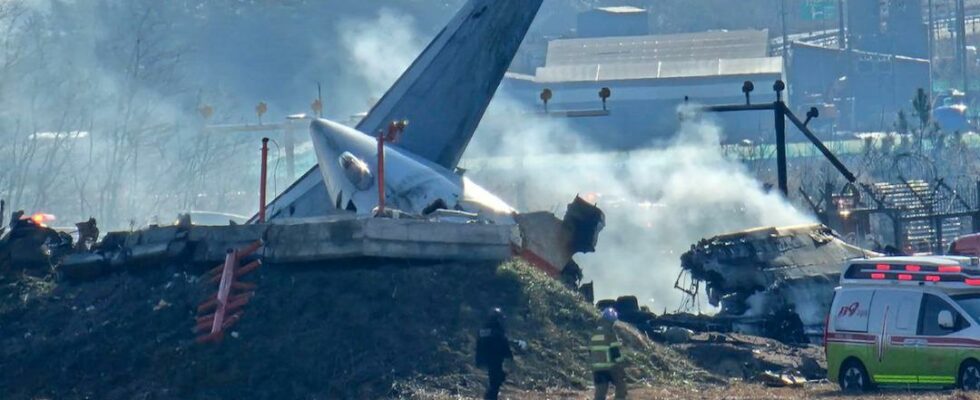According to reports in the South Korean press, authorities investigating the plane crash that occurred at Muan International Airport are considering the possibility of a bird hitting the plane.
“The Jeju Air crash was likely caused by a combination of technical, operational and environmental factors that went beyond the reported bird strike,” Marco Chan, a senior lecturer in aviation operations at Buckinghamshire New University in England, told Anadolu Agency. he said.
An unnamed Jeju Air pilot reportedly told air traffic control that the passenger plane “suffered a bird strike before crashing.”
“The accident, one of the worst disasters in the country’s aviation history, points to multiple, possibly interrelated, problems,” Chan said, pointing out that a bird strike on the plane appeared to be a contributing factor to the accident. he said.
HOW DEADLY ARE BIRD STRIKES?
Chan, a former pilot, pointed out the frequency of bird strikes in aviation and said that according to the International Civil Aviation Organization (ICAO), more than 13 thousand bird strike cases are reported annually worldwide.
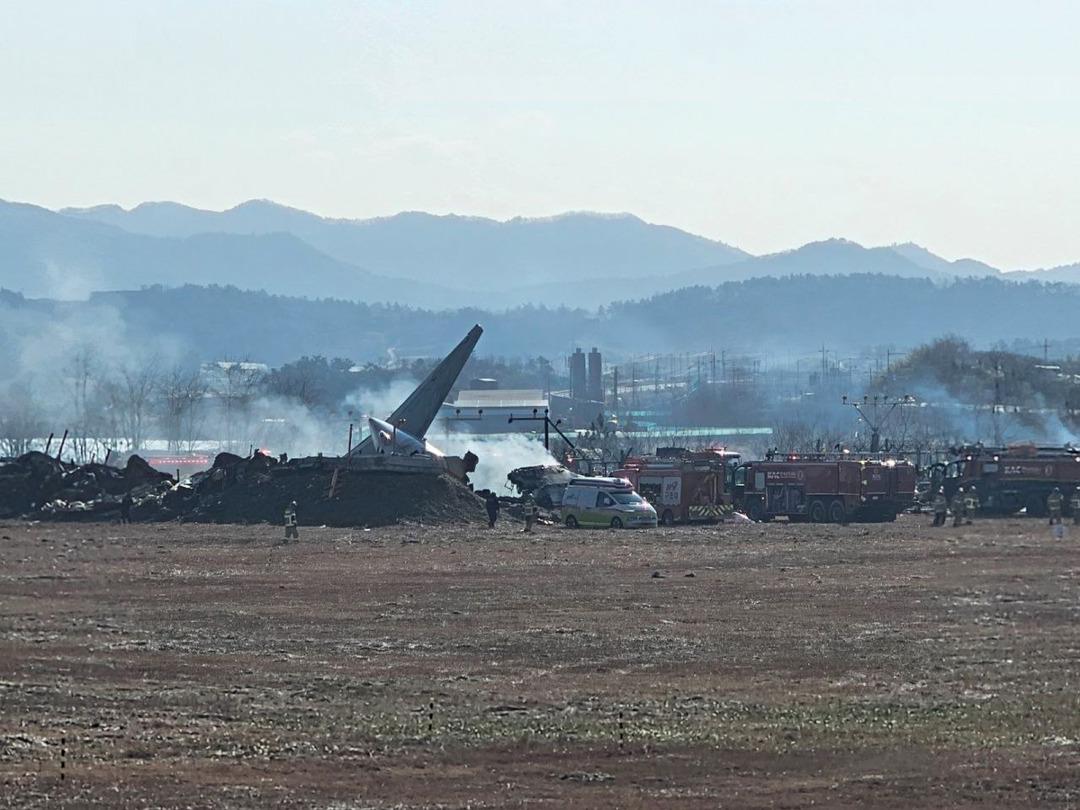
Citing data from the International Air Transport Association (IATA), Chan stated that bird strikes occur in approximately one in every 3 thousand flights.
Stating that modern aircraft are built to withstand such events, Chan said, “Most bird strikes do not cause significant damage. However, some factors can increase the risk.” he said.
Stating that large birds or more than one bird are more likely to cause damage, especially if they hit engines, windshields, control surfaces or critical systems such as hydraulics, Chan said bird strikes usually occur during takeoff or landing.
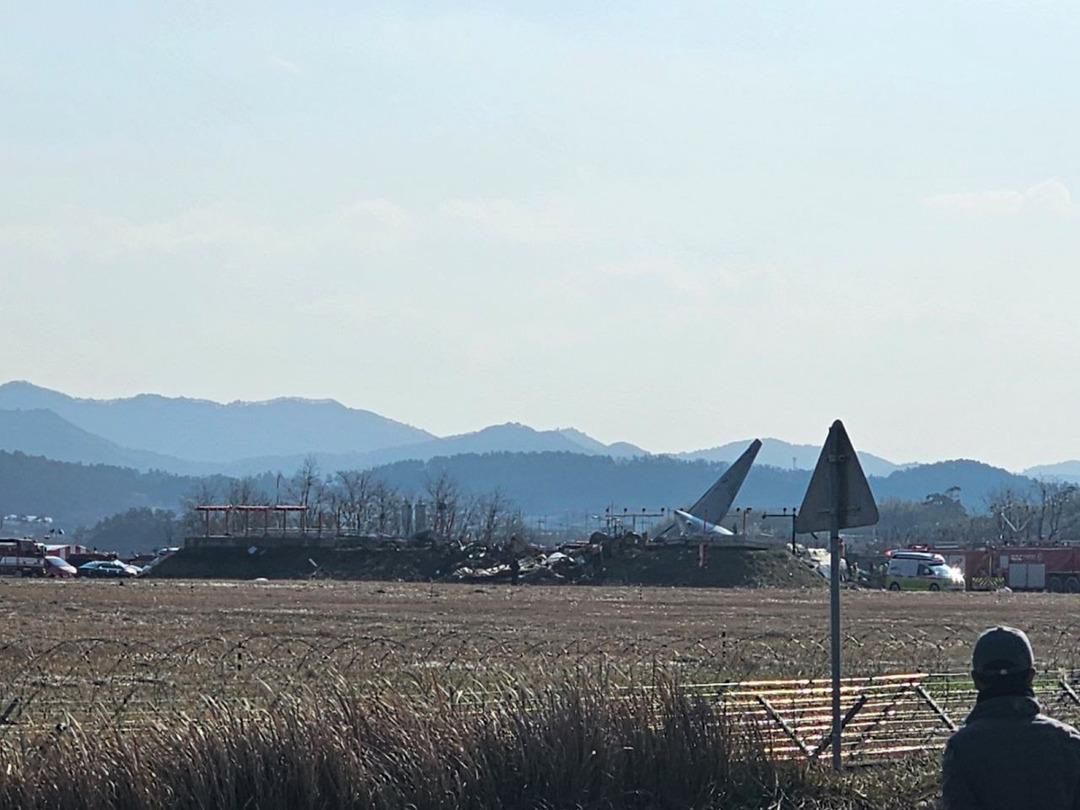
Chan stated that, although rare, catastrophic events have occurred due to bird strikes, and said, “In 2009, US Airways Flight 1549 had a double engine failure after hitting a flock of geese. As a result of this incident, the plane made a safe emergency landing in the Hudson River.” and there was no loss of life.” he said.
Reminding that an Eastern Air plane crashed due to a bird strike in 1960, Chan said that this accident caused deaths.
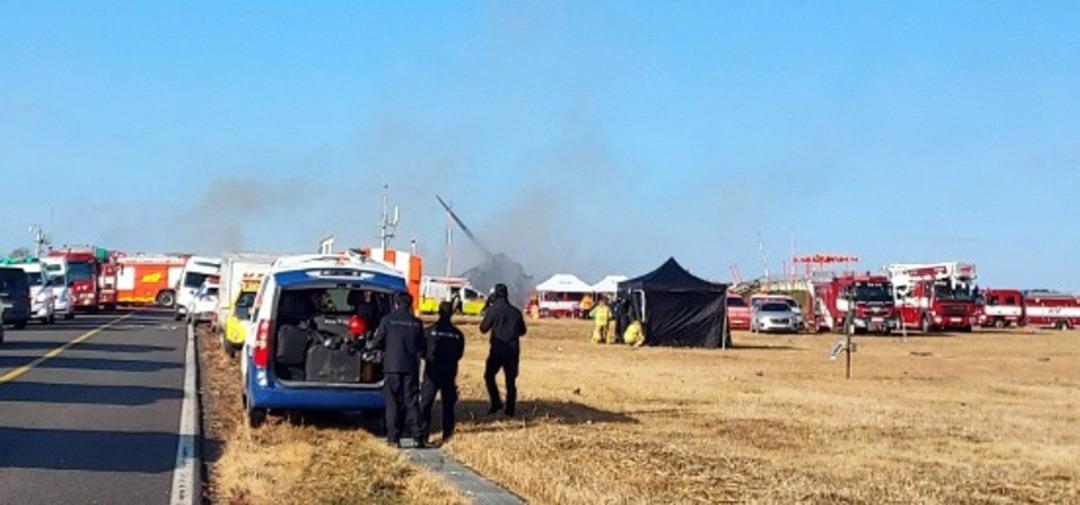
Chan stated that it is less common for a bird strike to directly damage the landing gear.
Emphasizing that if bird strikes damage the hydraulic systems, this may also affect the landing gear, Chan said, “This situation may cause a loss of hydraulic pressure if the affected engine provides power to the hydraulic system, preventing the landing gear from opening properly.” he said.
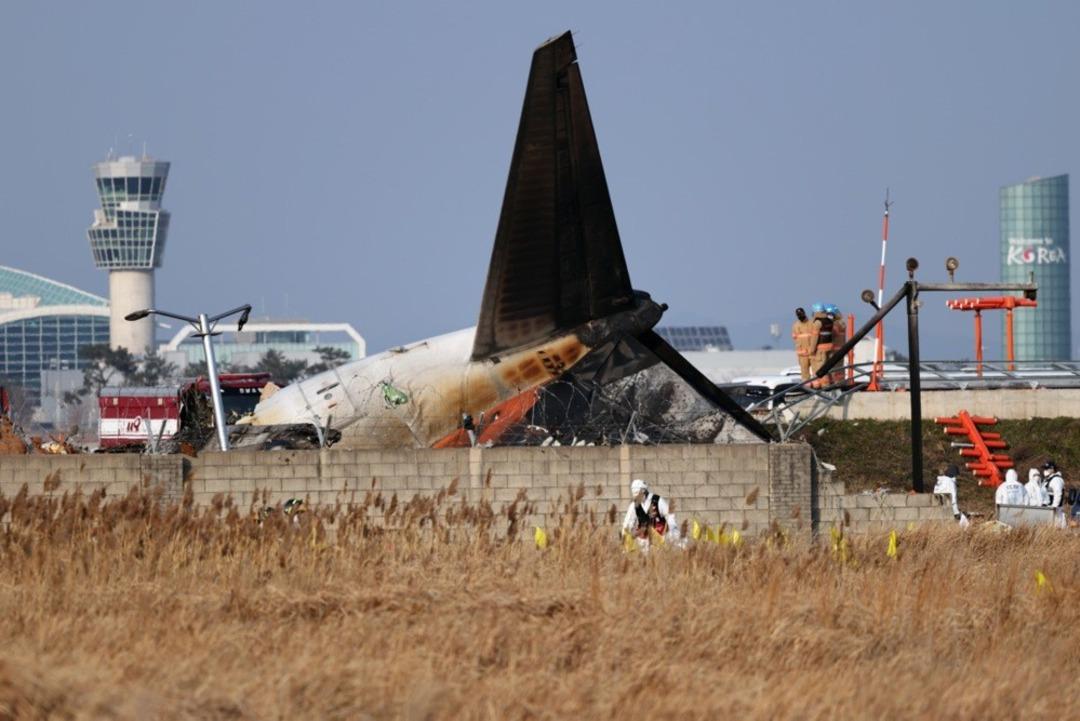
Emphasizing that modern aircraft such as the Boeing 737-800 have backup systems for such scenarios, Chan said, “These systems allow pilots to manually open the landing gear using gravity in case of hydraulic failure. However, if the bird strike has directly damaged the landing gear mechanism or critical hydraulic components, this The method may not work.” he said.
THE CONCRETE WALL AT THE END OF THE RUNWAY WILL BE REVISED
Chan evaluated that the presence of the concrete wall at the airport, the runway and the aircraft’s approach factors will also be taken into consideration in the investigation.
Pointing out that runway number 19, where the accident occurred, had a downhill slope of minus 0.2 percent, Chan pointed out that this increased the required landing distance, and that this situation, together with possible system malfunctions, may have contributed to the runway being overrun.
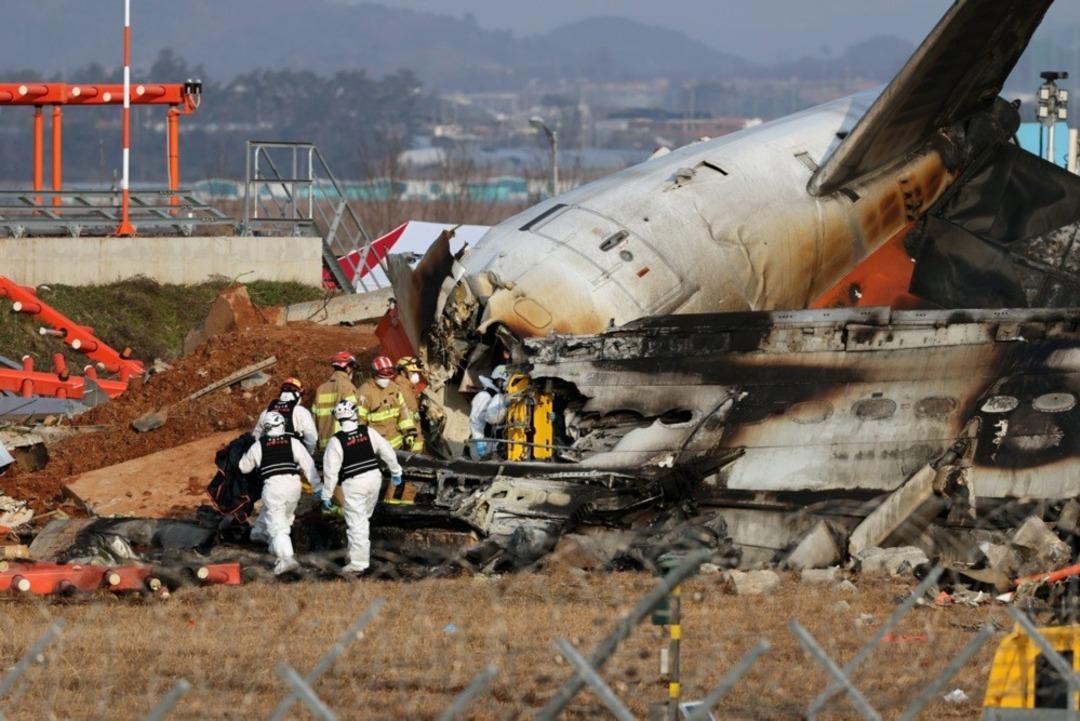
Emphasizing that the concrete fence 300 meters beyond the point where the runway ends will be reviewed, Chan noted that such barriers should ideally be designed to break upon impact and minimize damage.
179 PEOPLE LOST THEIR LIVES
179 people lost their lives in the accident that occurred in the city of Muan, South Korea, when the Jeju Air airline’s passenger plane went out of control during landing.
Authorities reported that the accident was caused by a malfunction in the plane’s landing gear, and that the plane’s landing gear did not open the first time, and the second time it crashed during a forced landing. (AA)
